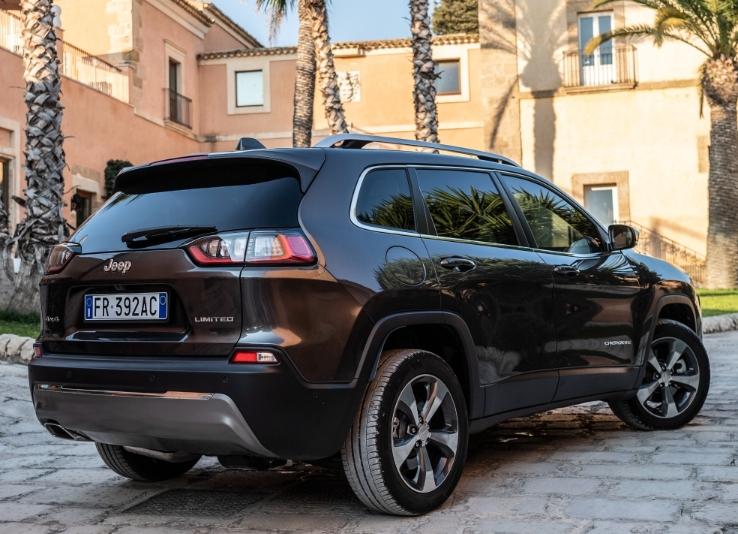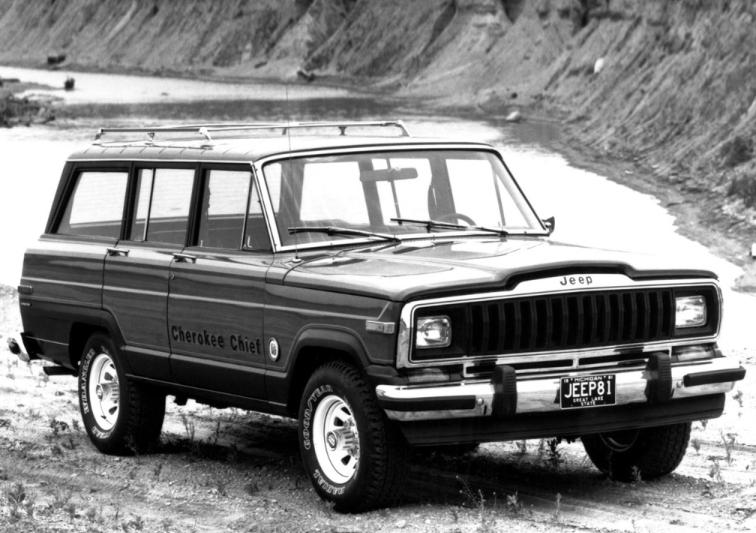
After nearly 50 years on the market, the name Jeep Cherokee is being retired. While some may mourn its departure, it seems that the formula has simply run its course. The most recent generation of the Cherokee model bore little resemblance to its classic predecessors such as the SJ and XJ.
The Jeep Cherokee was introduced in 1974 as a 3-door version of the Wagoneer model. Despite the odd choice of a 3-door off-roader, there were customers interested in the vehicle at the time. It was equipped with R6 and V8 engines, but it did not gain popularity and its early history is often overlooked. Following a facelift, a 5-door variant was introduced, essentially a downsized Wagoneer.
Only the Jeep Cherokee XJ (1984) broke the bank
In its time, the Jeep Cherokee was a genuine SUV by modern standards. Its key innovation was the elimination of the separate frame and body, resulting in a single structure with a reinforced chassis. Despite lacking a frame, the vehicle was a capable off-roader while still handling more like a passenger car than a van.
The Wagoneer and Cherokee shared the same platform, with the main difference being the exterior design. The image below shows the wood-paneled Wagoneer version, but the platform for the Cherokee was identical.
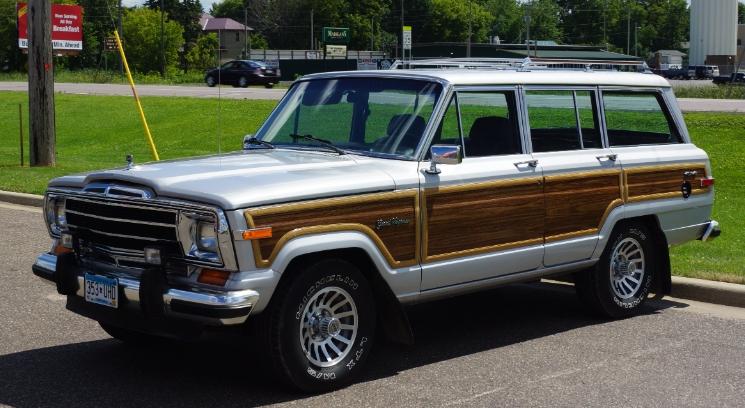
The XJ generation Jeep Cherokee was built for 17 years
And that’s just in the US; it had another 13 years of success in China. Its 30-year production run is a testament to its popularity, even though many have forgotten how cramped and small it was inside. Its size is comparable to that of the Dacia Duster, although the Duster offers more passenger space. The prices of the Cherokee XJ have skyrocketed due to the fact that many of the good copies have been taken off-road and beaten up. A well-maintained Cherokee can fetch well over 20,000 euros, and there are buyers willing to pay that much.
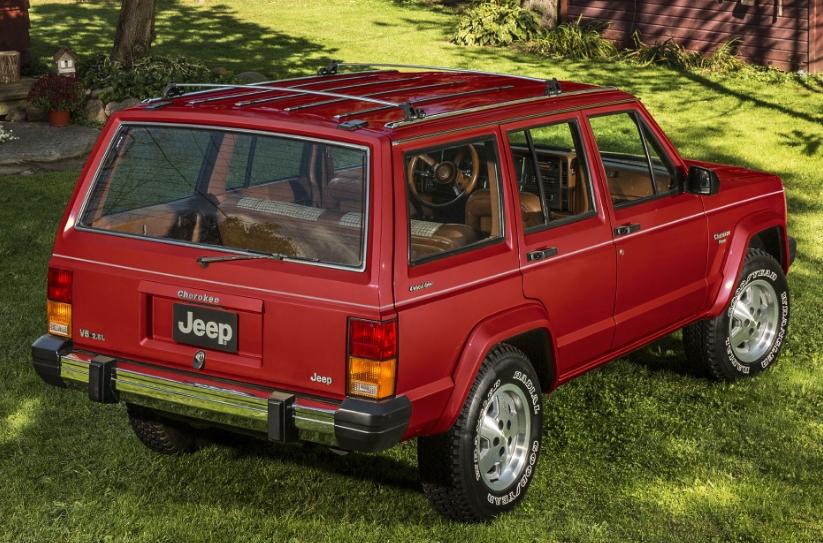
The next generations, i.e. KJ and KK, were not so successful
These were small off-road vehicles that were slow to catch up with changing trends, still prioritizing off-road capabilities over comfort and handling on paved roads. The KJ managed to sell somewhat decently, but its lackluster engines, both the 2.8 diesel and the V6 petrol, failed to impress. The 4-cylinder petrol version had performance comparable to a bicycle. After 3 years of lackluster sales, it was removed from the market. The last off-road Cherokee, the KK, was only available for 5 years and is rarely seen on the streets. Its limited engine options, the 2.8 diesel and the 3.7 V6 petrol, failed to attract European customers. The optimal Mercedes 2.1 CDI engine was not utilized for this car.
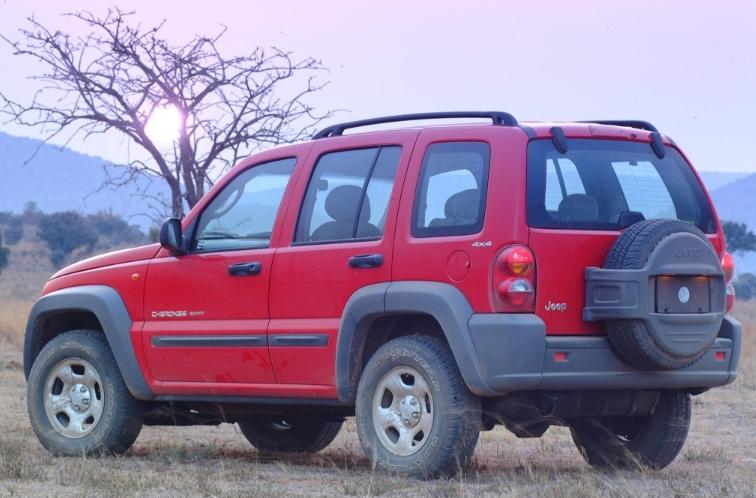
The Jeep Cherokee KL, which was the last generation, was sold for 10 years and was available in Europe for some time, but it didn’t become popular. Interestingly, it was the most affordable 6-cylinder car in the European market during its time. The factory in Illinois that produced the Cherokee was temporarily stopped on March 1, but now Stellantis has confirmed that it is permanently closed, possibly due to poor sales. In 2022, the Jeep Cherokee sales declined by 61 percent compared to the previous year, and despite efforts to boost sales, it still failed to become a hit. Although the name Cherokee might return in the future, such as the CherokEV, Jeep currently doesn’t offer this model anymore. The closure of the Belvedere Assembly plant in Illinois may result in the loss of jobs for 1,350 workers, as Stellantis shifts its investment towards electrification.
The discontinuation of Jeep Cherokee production may have been influenced by accusations of racism. Nowadays, the term racism has evolved, and if a company uses a historical-ethnic name, like in the case of the Cherokee tribe, their descendants argue that it’s unacceptable. This trend could affect other car models, including Nissan Qashqai, Volkswagen Touareg, and even Fiat, which uses the word “Italiana” in its name, referring to the Italian tribe. However, this is not an immediate concern as it’s only set to happen after 2035.
